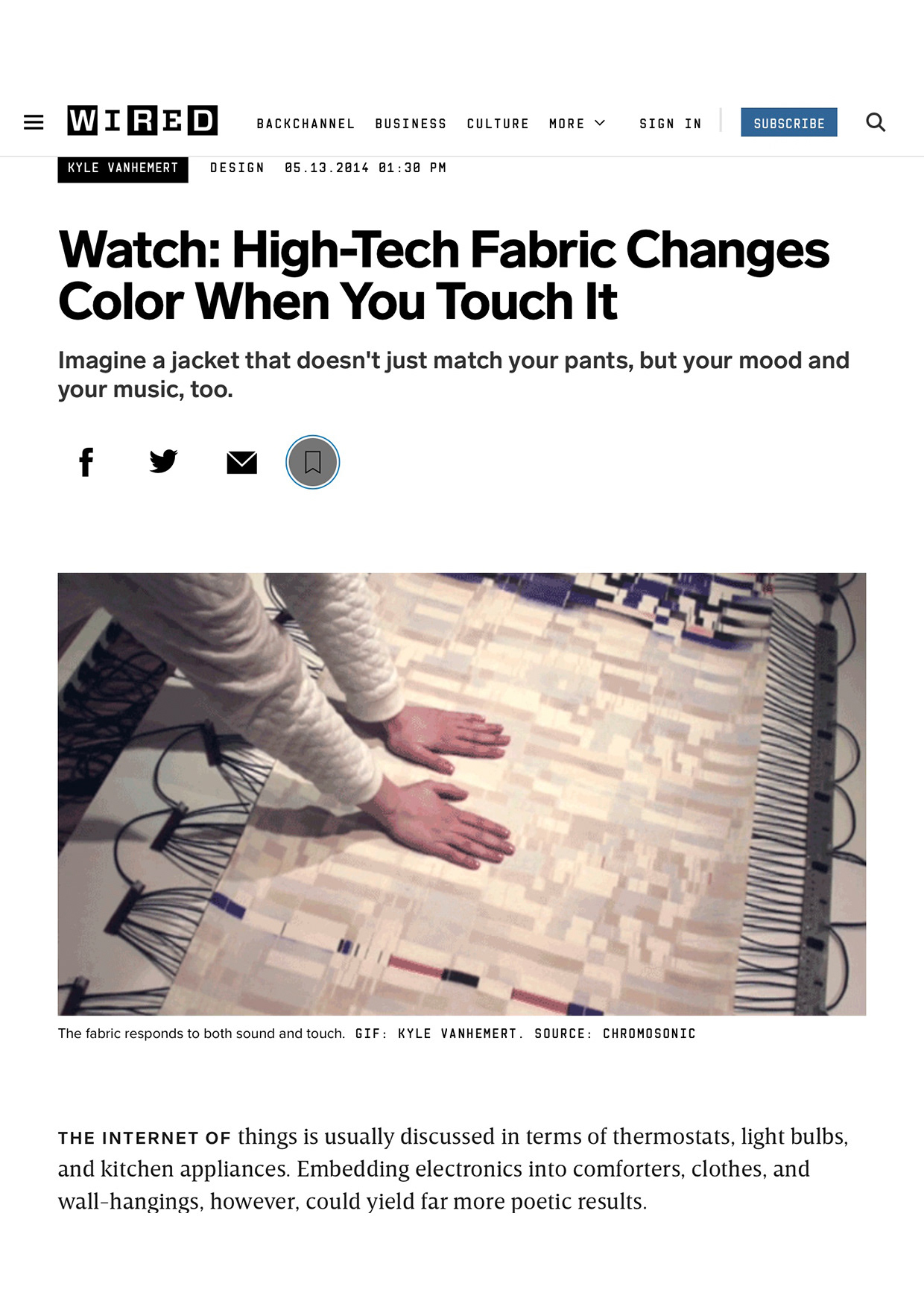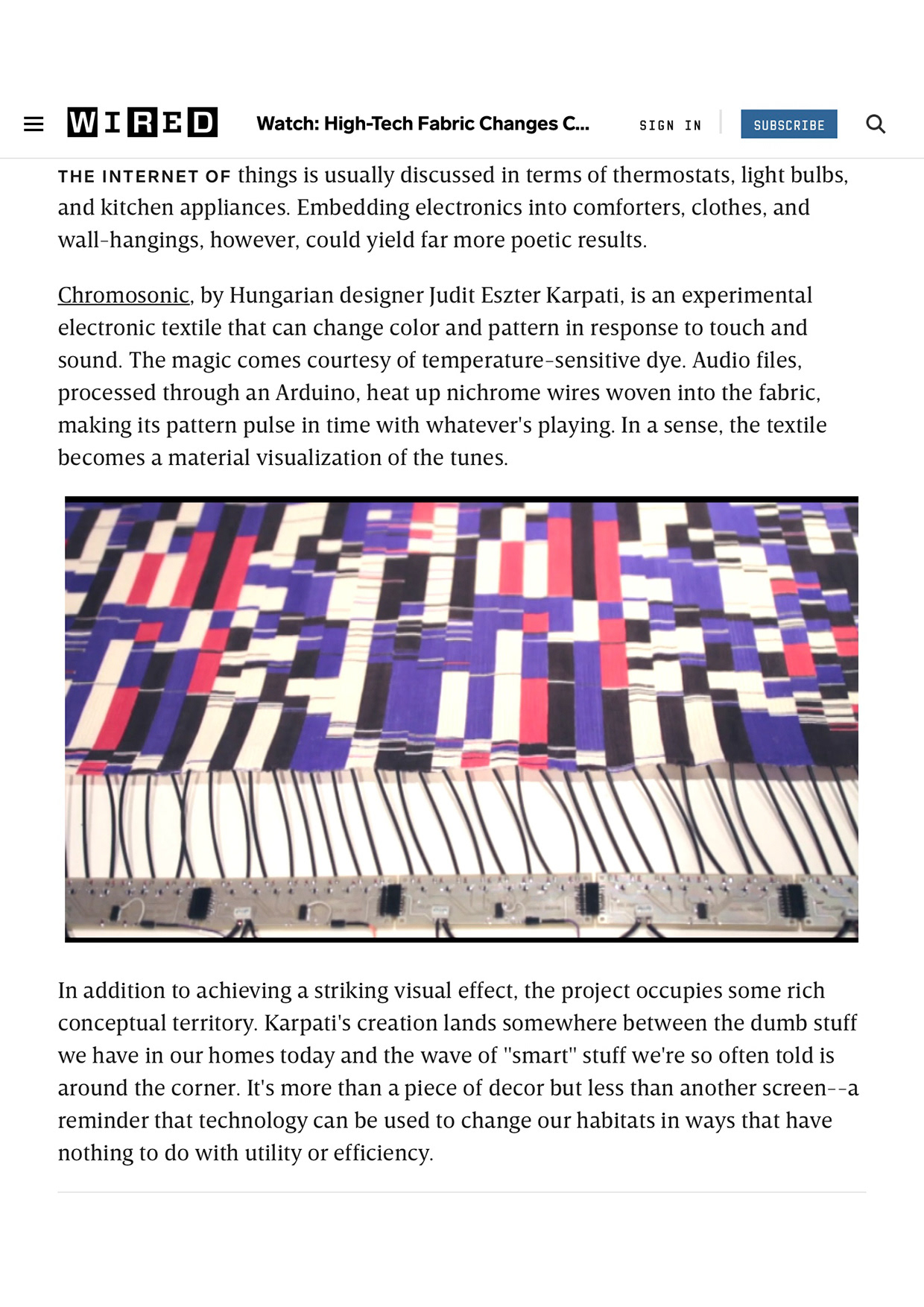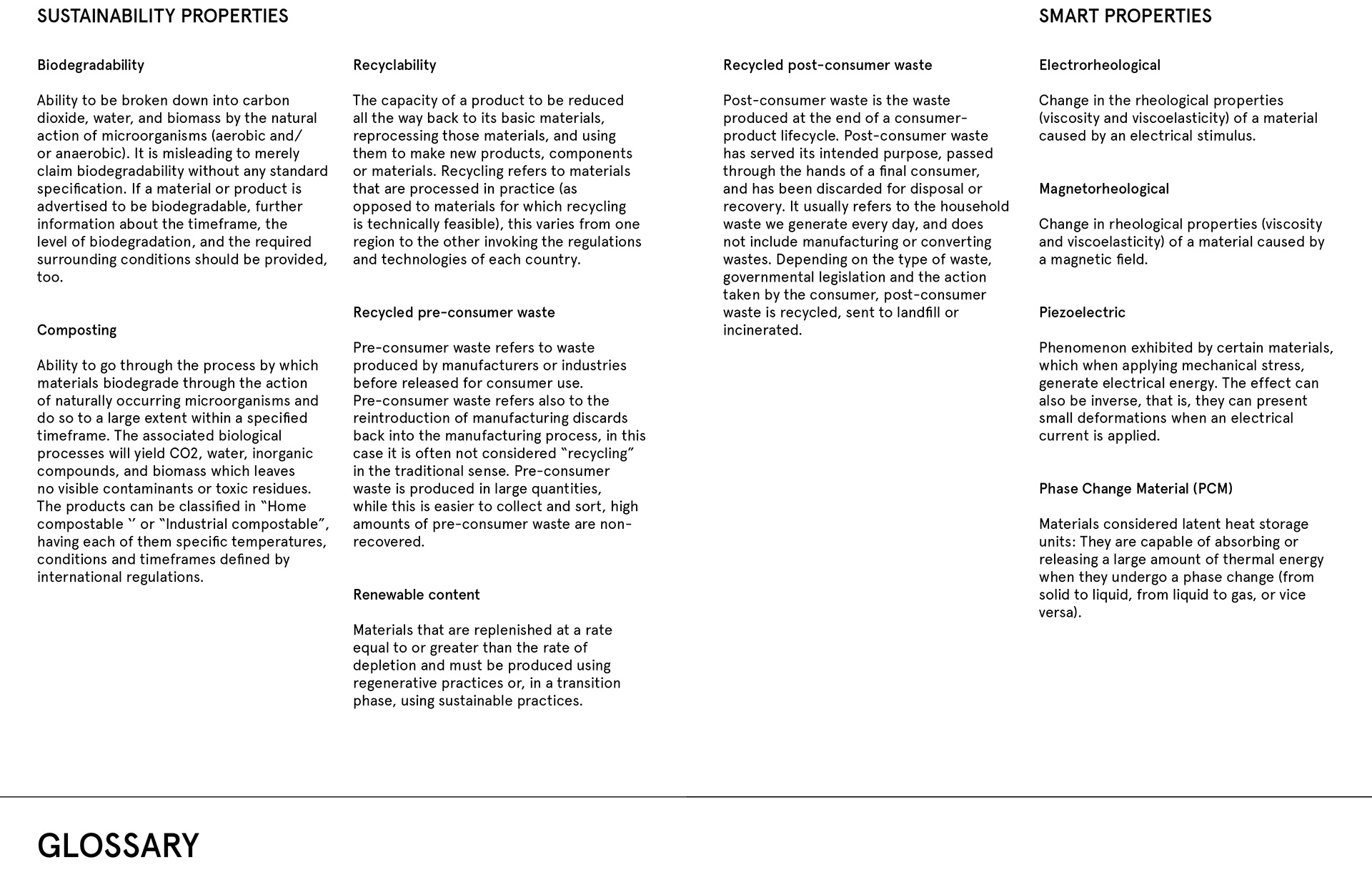Multimedia installation. Textile Soft Display. 2013.
200cm x 80cm. Linen, nichrome, dynamic pigment, custom electronics, custom software
200cm x 80cm. Linen, nichrome, dynamic pigment, custom electronics, custom software
The overwhelming growth of digital landscapes in our lives, a new craving for depth and tactility has led us to reconsider the importance of materials once more. We wanted to explore a new way of materiality in our supersaturated techno cultural world that fundamentally changed and is continuously changing the forms of experiences related to the world. We are facing a shift in paradigms on a cultural, technological and social level. where permanence is fluidness itself. The materiality of textiles provides an exceptional metaphor for the ways in which perception comes into existence through the integral cross-linking of our sensory modalities. In social sciences literature, a textile vocabulary has been found to be the most accurate and descriptive when trying to express the multisensory character of our lived experience. Michel Serres depicts “tissue, textile and fabric” as “excellent models of knowledge”, whereby knowledge can be understood as a perceptual experience.
Chromosonic reflects on the exponential growth of digitalisation in the physical world. It is an augmented textile structure, an electronic interface, and a sensitive second skin. In a time of screens, which pretend to be immaterial and untactile, we tend to forget that these interfaces are our primary methods and objects of organizing and interacting with the world. The flatness of the screen is materializing within reality, and turned to structure of threads. The screen printed glitches appear on a hand woven, flexible textile. A glitch is a short-lived fault in a system, many times due to mistranslation, or loss of information.
Chromosonic contributes to the visualization of acoustics in the space between material research and art. Sound sources generate an electrical charge. This heats the material and the material in turn reacts visually. These processes can be overlaid and manipulated through the haptic interaction of the observer. In this way the material becomes an aesthetic metaphor for the complexity and interaction of systems.













Awards:
Techtextile, Material Innovation category, 1st prize, 2015
Citations:
Parisi, Stefano, Ratti, Antonio. 2019. The NautICS Materials workshop: teaching and learning Interactive, Connected, and Smart Materials for Yacht Design. Conference: Design Research Society LearnXDesign 2019. DOI:10.21606/learnxdesign.2019.01094
Textile Technology and Design From Interior Space to Outer Space, Eds.: Deborah Schneiderman, Alexa Griffith Winton, Bloomsbury Academic, 2016
Heinzel, Tincuta. 2017. Reactive Architecture, Augmented Textiles, Domotics and Soft Architecture Fabrication: On Electronic and Reactive Textiles in Domestic Contexts. Textile The Journal of Cloth and Culture 16(15):1-28
Press:
TEXTile Manifestoes, Liška, Pavel, Mudry, Robin R., eds., (Prague: Vysoká škola uměleckoprůmyslová, 2022), 456 pages.
Transmaterial Next: A Catalog of Materials that Redefine Our Future, Princeton Architectural Press. 2017. ISBN 9781616895600